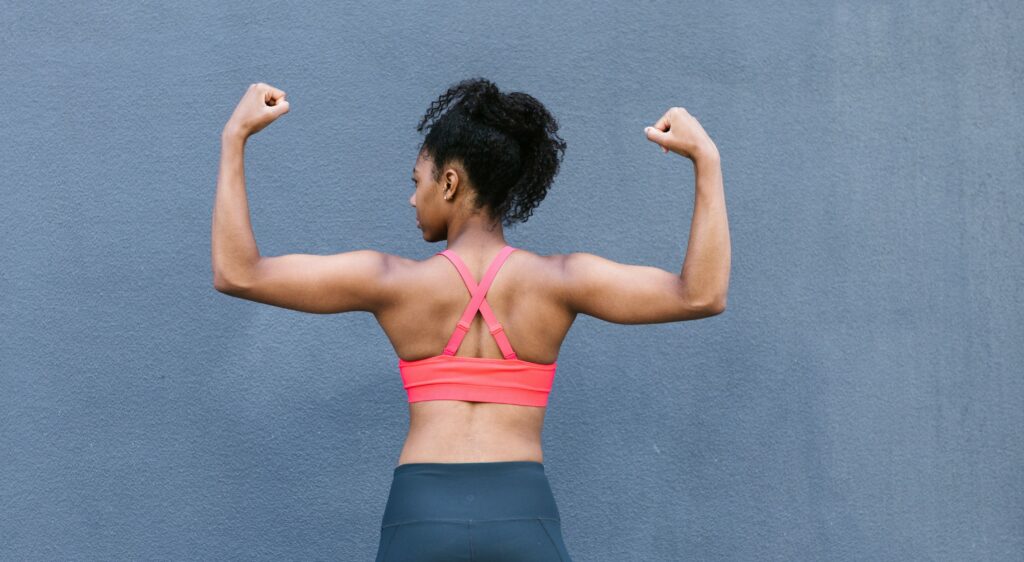Are you someone who’s constantly seeking to enhance their physique and build strength, then you’re probably familiar with the concept of split workouts. Today, we dive into the world of pull day workouts—an essential component of any well-rounded fitness routine. Pull day workouts target the muscles involved in pulling movements, such as the back, biceps, and posterior chain. Whether you’re a beginner looking to get started or a seasoned athlete seeking to optimize your training, this post will provide you with valuable insights, tips, and exercises to help you create an effective and rewarding pull day routine. So, grab your workout gear and get ready to embrace the power of pull day training!
In today’s fitness-focused world, it’s essential to understand the different types of workouts and their specific benefits. A pull day workout is a training session that prioritizes exercises that involve pulling movements. Unlike push day workouts that target muscles involved in pushing movements, pull day workouts primarily engage muscles responsible for pulling actions. By dedicating a specific day to pull exercises, you can ensure that these muscles receive adequate attention and stimulation for optimal growth and strength development.
Benefits of Pull Day Workouts

Strengthening the Back Muscles
One of the primary benefits of incorporating pull day workouts into your routine is the strengthening of the back muscles. The back muscles, including the latissimus dorsi, rhomboids, and trapezius, play a crucial role in supporting good posture, spinal stability, and overall strength. By regularly engaging these muscles through pull day exercises, you can improve their endurance and power, reducing the risk of back pain and injury.
Improving Posture
In today’s sedentary lifestyle, many individuals suffer from poor posture, which can lead to various musculoskeletal issues. Pull day workouts help combat this by targeting the muscles responsible for pulling your shoulder blades back and down, promoting proper alignment and posture. By strengthening your upper back and improving posture, you can alleviate strain on the neck, shoulders, and lower back, ultimately enhancing your overall well-being.
Enhancing Upper Body Strength
A well-rounded fitness routine should aim to develop overall upper body strength. Pull day workouts contribute significantly to this goal by targeting major muscle groups such as the lats, biceps, and shoulders. By incorporating exercises like pull-ups, rows, and curls into your pull day routine, you can increase your upper body strength, allowing you to perform daily activities and sports with greater ease and efficiency.
Promoting Balance and Symmetry
Balanced muscle development is crucial not only for aesthetics but also for functional movement. Neglecting the muscles involved in pulling actions can lead to muscle imbalances and asymmetry. Pull day workouts address this issue by providing targeted exercises that ensure balanced development of the upper body. By focusing on both pushing and pulling movements, you can achieve a harmonious and symmetrical physique while minimizing the risk of postural imbalances.
Key Exercises for a Pull Day Workout
To create an effective pull day workout routine, it’s essential to incorporate a variety of exercises that target different muscle groups. Here are some key exercises to include in your pull day routine:
Pull-Ups
Pull-ups are a classic compound exercise, meaning it targets multiple muscles in the back, biceps, and shoulders. They involve lifting your bodyweight using an overhand grip on a horizontal bar If you are a beginner, this exercise might be a bit challenging for you, so you can use an assisted pull-ups machine since they provide excellent overall upper body strength and muscle development.
Lat Pulldowns
Lat pulldowns are a machine-based exercise that targets the latissimus dorsi muscles, commonly known as the lats. By pulling the lat pulldown bar towards your chest while sitting, you can effectively isolate and work the muscles in your upper back and biceps.

Bent-Over Rows
Bent-over rows are a staple exercise for building a strong and muscular back. This exercise involves bending forward at the waist while holding a barbell or dumbbells and pulling them towards your abdomen. Bent-over rows primarily target the middle and lower back muscles, as well as the biceps.
Seated Cable Rows
Similar to bent-over rows, seated cable rows target the back and biceps but provide a different range of motion. By sitting on a cable row machine and pulling the handle towards your body, you engage your back muscles and promote overall back strength.
Face Pulls
Face pulls are an excellent exercise for targeting the rear deltoids, rhomboids, and upper back muscles. Using a cable machine and a rope attachment, you pull the weight towards your face, squeezing your shoulder blades together. Face pulls help improve posture, shoulder stability, and upper back strength.
Deadlifts
Although primarily considered a lower body exercise, deadlifts engage various muscles in the back, including the erector spinae, traps, and lats. Deadlifts are a compound movement that involves lifting a barbell from the ground, engaging the entire posterior chain. Including deadlifts in your pull day workout routine can provide overall strength and muscle development in your back, as well as improve your grip strength.
Bicep Curls
Bicep curls are a classic exercise for targeting the biceps, the muscles on the front of your upper arms. To do this exercise you can use either dumbbells, barbells, or even resistance bands. By curling the weight towards your shoulders while keeping your elbows stationary, you effectively engage and strengthen the biceps.

Hammer Curls
Hammer curls are a variation of bicep curls that target the biceps and the brachialis, a muscle located beneath the biceps. This exercise involves holding dumbbells with a neutral grip (palms facing each other) and curling the weights towards your shoulders. Hammer curls help develop well-rounded arm strength and size.
Shrugs
Shrugs primarily target the trapezius muscles, which are responsible for stabilizing and lifting the shoulders. This exercise involves lifting and lowering your shoulders while holding dumbbells or a barbell. Shrugs can help improve upper back strength, posture, and shoulder stability.
Pull Day Workout Routine for Beginners
If you’re new to pull day workouts, it’s important to start with a beginner-friendly routine to ensure proper form and avoid injury. Here’s a sample pull day workout routine for beginners:
Warm-up
- 5-10 minutes of light cardio, such as brisk walking or cycling, to increase blood flow and warm up your muscles.
- Dynamic stretches, including arm circles, shoulder rolls, and torso twists, to mobilize your joints and prepare your upper body for the workout.
Exercise 1: Lat Pulldowns
- 3 sets of 10-12 reps
- Adjust the weight on the lat pulldown machine to a manageable resistance.
- Sit on the machine, grab the bar with an overhand grip, slightly wider than shoulder-width apart.
- Lean back slightly and pull the bar down towards your chest, engaging your back muscles.
- Control the movement and return to the starting position.
Exercise 2: Bent-Over Rows
- 3 sets of 10-12 reps
- Hold a dumbbell in each hand with your palms facing your body.
- Bend forward at the hips, keeping your back straight and knees slightly bent.
- With your arms fully extended, pull the dumbbells towards your abdomen, squeezing your shoulder blades together.
- Lower the weights in a controlled manner and repeat the movement.
Exercise 3: Seated Cable Rows
- 3 sets of 10-12 reps
- Sit on the cable row machine with your feet on the footrests and grab the handles with an overhand grip.
- Keep your back straight, lean slightly back, and extend your arms fully.
- Pull the handles towards your abdomen, squeezing your shoulder blades together.
- Slowly release the tension and return to the starting position.
Exercise 4: Face Pulls
- 3 sets of 10-12 reps
- Attach a rope attachment to a cable machine at chest height.
- Stand with your feet shoulder-width apart, holding the rope with an overhand grip.
- Step back to create tension on the cable and slightly lean back.
- Pull the rope towards your face, separating your hands and squeezing your shoulder blades together.
- Control the movement as you extend your arms and repeat.
Exercise 5: Bicep Curls
- 3 sets of 10-12 reps
- Hold a dumbbell in each hand with your palms facing forward.
- Keep your elbows close to your sides and your upper arms stationary.
- Curl the weights towards your shoulders, squeezing your biceps at the top of the movement.
- Slowly lower the weights and repeat



